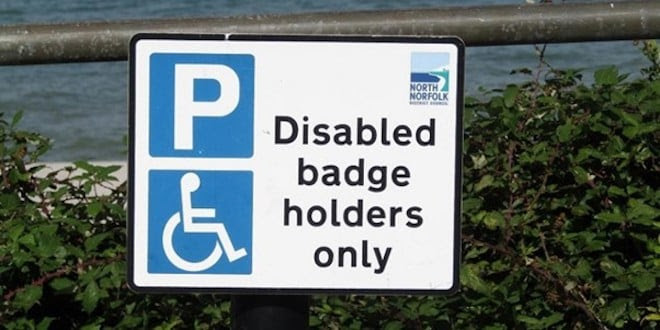How to apply for a Blue Badge for a person with dementia
We explain the criteria for a Blue Badge in England and how it may apply to a person with dementia. This may be useful for a person with dementia or someone helping them to complete the application.
Are people with dementia eligible for a Blue Badge?
A Blue Badge helps people park close to their destination using on-street parking. It can be used whether they are the driver or the passenger.
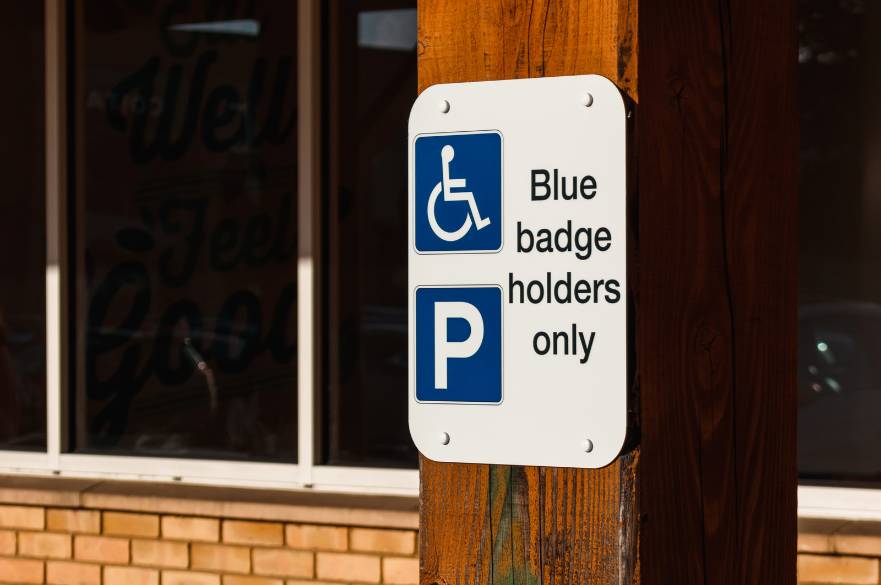
The Blue Badge scheme changed in 2019 so that the eligibility was not solely based on physical disabilities.
It now considers those with hidden disabilities and the non-physical difficulties they may have with journeys. The guidance does not reference dementia or specific conditions when it refers to what is considered a hidden disability, or what is a physical condition.
This is because diagnosis of a certain condition/disease/injury does not entitle you to a Blue Badge, it is how it impacts you on a journey and whether you meet the criteria. The only exceptions to this are if someone is registered blind or has a severe disability in both arms.
For some people, dementia can cause mobility problems, impacting their balance, co-ordination and spatial awareness. For others, they may experience psychological distress during journeys, unrelated to their physical ability to walk.
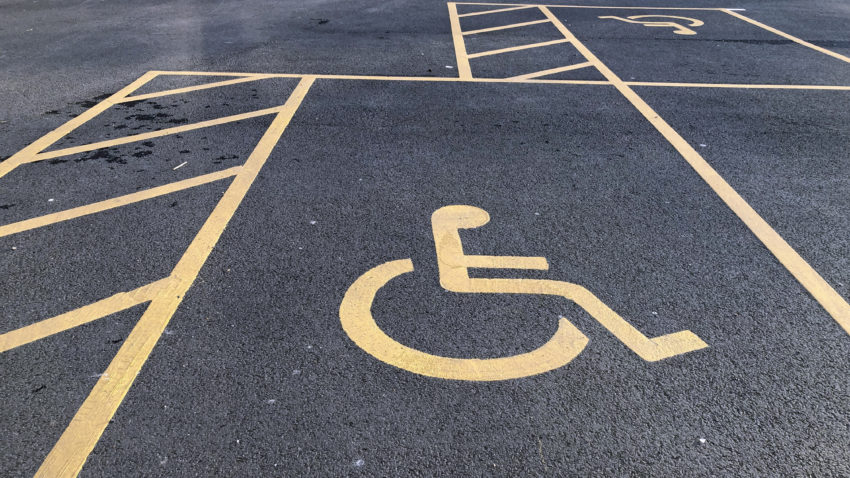
Local authorities administer the Blue Badge Scheme and make the decision on whether a person meets the eligibility criteria for a Blue Badge.
How can I apply for a Blue Badge?
You can apply online for a Blue Badge, whether it’s for yourself or for somebody else.
Some councils have a paper form available. If you need to discuss Blue Badge applications, the online gov.uk form will direct you to the right place locally.
Who can automatically get a Blue Badge?
There are some criteria that mean you are definitely entitled to a Blue Badge. This is known as being ‘Eligible without further assessment’.
People in the following circumstances are eligible without further assessment:
Are registered as blind
Get the higher rate of the mobility component of Disability Living Allowance (DLA)
Get Personal Independence Payment (PIP) and scored 8 points or more in the ‘moving around’ area of the assessment
Get War Pensioners’ Mobility Supplement
Received a lump sum payment as part of the Armed Forces Compensation scheme (tariffs 1 to 8), and have been certified as having a permanent and substantial disability.
If you meet one or more of these criteria, you must still fill out the form to receive the badge.
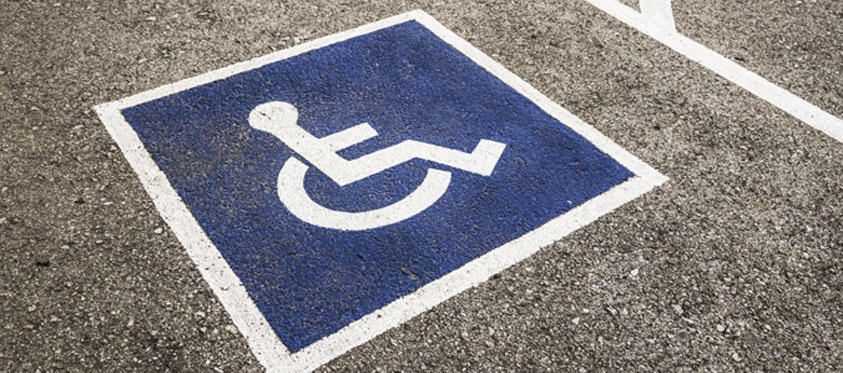
If you or the person you are helping doesn’t meet any of these criteria, you can still apply to see if you are eligible. This is known as ‘Eligible subject to further assessment’.
Driving and dementia
Being diagnosed with dementia doesn’t necessarily mean you have to stop driving. But there are some things you need to do to if you want to continue driving and be safe on the road.
How to keep driving after a diagnosis
Eligible subject to further assessment
This was previously known as discretionary. A person with dementia may meet the criteria under this type if they may be described as one or more of the following:
a person who drives a vehicle regularly, has a severe disability in both arms and is unable to operate, or has considerable difficulty in operating, all, or some types of parking meter; or
a person who has been certified by an expert assessor as having an enduring and substantial disability which causes them, during a journey, to be unable to walk, experience very considerable difficulty whilst walking, which may include very considerable psychological distress
in addition, they may be at risk of serious harm when walking – or pose, when walking, a risk of serious harm to any other person.
Psychological distress is not defined in the Blue Badge guidance. If a person with dementia experiences symptoms such as fear, disorientation or confusion, which they find overwhelming, this may meet the criteria.
If these symptoms impact them so severely that they put themselves or someone else at risk, that could also potentially meet the criteria.
An example could be where someone with dementia becomes so disorientated during journeys (perhaps due to excessive noise or unfamiliar environments) that they are no longer aware of vehicles on the road, placing themselves in danger.
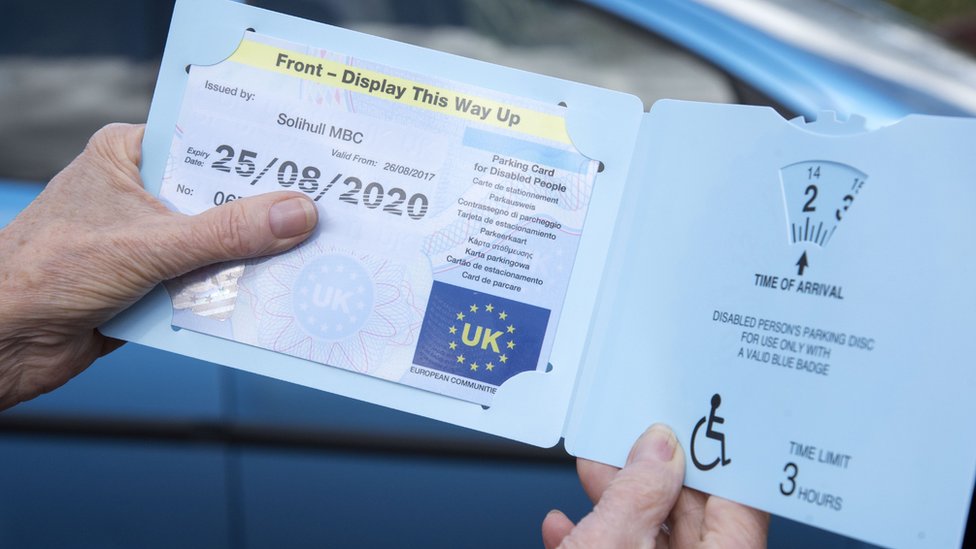
Tips for applying for your Blue Badge online
To make the process a little easier, it may be helpful to prepare prior to completing your application.
Get your documentation together
You will need photos or scans of:
Proof of identity (passport, birth certificate, driving licence)
Proof of address (dated within the last 12 months – for example an electricity bill)
Any documents related to the person with dementia’s condition (for example diagnosis letters or any correspondence with medical professionals)
The person’s National Insurance number (if they have one)
Up to date contact details (phone number and email address)
A recent digital photo of the person
If the person is receiving PIP (Personal Independence Payment) you need to send the full award letter including the points awarded for moving around.
The decision letter from the Department for Work and Pensions confirming eligibility for a Blue Badge (if you have one).
The photo of the person with dementia doesn’t need to be an official passport photo. You can take a photo with a smartphone as long as the lighting is good. You need to be able to see their face and shoulders against a plain light background.
Gather information about the person and their diagnosis
The online form asks you for details of any medical appointments or treatments that the person with dementia has. You should include anything related to their dementia diagnosis, including surgeries, clinics or treatments, GP appointments, and other conditions they may have.
You should also gather together information about medication and mobility aids.
There’s a chance to add supporting documents as well. If you have a letter from a medical professional supporting the Blue Badge application, you should take a photo of this and upload it when asked.
Think about yourself or the person you are applying for on the worst day
Describe in detail how far you or they could walk and the difficulties they have. It can help to think about whether the person with dementia experiences any of the following:
Challenges with depth perception and visuo-perceptual difficulties due to patterns, depths or uneven surfaces, which can lead to falls or trips.
The person might not recognise road or safety signage.
Walking slowly due to a lack of spatial awareness or being disorientated.
The applicant might always need to be guided to go the right way so can never walk unaided.
Getting in and out of the car can take time and be difficult, especially in narrow spaces.
Slow processing skills and a lack of quick reaction to speed can be dangerous near roads.
People with advanced dementia often have muscle weakness and mobility problems.
Risk of falls.
If you type this out beforehand, you can copy and paste it in when you get to the section where you are asked to describe the condition and difficulties.
Areas to look out for in the online form
Selecting statements that apply
For some questions, the form will allow you to tick all statements that apply. For others, you can only select one. You should select the most appropriate one for your situation, but ensure explain all the challenges that apply when you are asked to describe the difficulties.
This will be in a free text box, allowing you to explain all the detail.
Choosing a reason for needing a Blue Badge
You should select the option that best fits your situation. For example, if the person who needs the badge finds walking difficult, then you should tick the option: ‘I have a permanent disability that means I can’t walk or I find walking very difficult.’
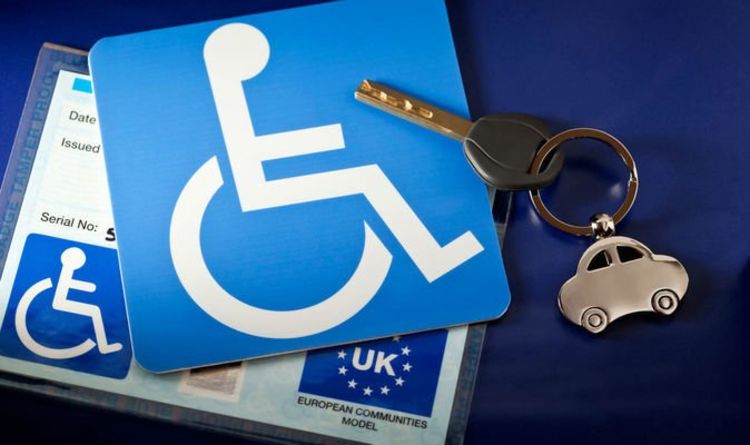
You may be asked to tick some of the difficulties that you, or the person you are helping, have when walking. You can select more than one option. If you select ‘Something else’- from the options, you can describe the particular issues.
Make clear what the difficulty is, whether it poses a risk, and what it’s caused by. Use examples of how this has impacted previous journeys (if you have any) and let them know what help you need.
For example:
I have difficulty navigating car parks. I have previously put myself at risk of getting hit by a car as I struggle to judge distances, due to my dementia. This makes others angry and means I avoid going to the shops unless there is someone to link arms and guide me.
Estimating journey times
The form will ask about the distance that you or the person you are applying for can walk. It asks you to think of somewhere nearby that you or the person regularly walk to, and estimate how long this takes.
If you struggle to estimate this, wait until your next journey and write down the time and difficulties.
Will I need a face-to-face assessment?
Detailed information provided at the application stage can help avoid the need for further assessment. If the local authority can’t decide whether or not a person is eligible based on the content of the application form, they may choose to:
Contact an ‘Expert Assessor’ to share their expertise, or
Arrange attendance at an impartial mobility assessment.
If the reason for applying for a Blue Badge is due to the less physical symptoms of dementia, local authorities are more likely to contact an ‘Expert Assessor’. This will ideally be someone with knowledge of a person’s medical history who can confidently comment on their symptoms during journeys, such as a Psychiatrist or Occupational Therapist. A GP cannot fulfil the role of ‘Expert Assessor’, but input from them may still be useful to help build up a picture.
How long does it take to find out if my application is successful?
This can vary dependent on where you live and whether additional evidence is needed to make a decision. In some areas it can take up to three months to process applications.
What do I do if I receive a Blue Badge?
The badge belongs to the person with dementia. They can use it in any vehicle that they travel in, including taxis. It can’t be lent out to other people or used when the person isn’t in the vehicle. It will usually be reviewed after 3 years.
It usually costs £10 to apply for a Blue Badge and you will have to pay the £10 fee each time you renew.
You can find out more about where you can park with a Blue Badge on the gov.uk website.
Apply online for a blue badge
Visit the gov.uk site and start applying for your blue badge.

